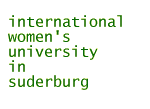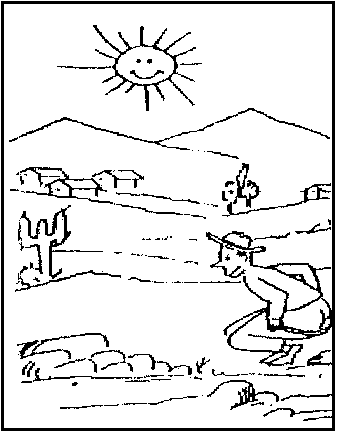
 |
Project 5 - Handling SIRDO |
Ecological SanitationDry SIRDO seco tipo "LA ORUGA"It's installation and operation are extremely simple.Installation:
|
 |
Operation: to carbonize After defecation cover completely the fecal matter with enough saw dust, or ashes, or dried earth, or a mixture. Used toilet paper should be introduced. Sanitary towels, newspapers or magazines shouldn't be introduced.
Maintain always closed the toilet seat and. the solar collector. After 3 months of use, the filling phase should be finished. Open the collector and move the pile formed at the north, towards the south under the collector, to be dried for 3 months. When this maturity process is concluded, spray the dried product with citric bacteriological substance 2 days before extracting the biofertilizer.
When extracting your 1st harvest, after 6 months of use, keep a bag of biofertilizer to use it instead of or together with, saw dust. Afterwards you will harvest every 3 months. The maintenance cost in minimal given that saw dust, ashes, dried leaves and earth are available in all communities. It is fundamental to introduce toilet paper and to cover completely the fecal matter with saw dust.
Fecal matter is the main pollutant of the environment and essencially of the water we drink, from a bacteriological and parasitical point of view. For this reason, the Mexico City's authorities and the Xochimilco Delegation have joined efforts with GTA in order to implement an adequate alternative: ecological sanitation units.
Wet SIRDO: small wastewater and solid waste treatment plantThe Wet SIRDO is an integral system for decentralised liquid and solid waste recycling. It operates as a dual hybrid system: processing black waters from conventional WCs by means of an anaerobic phase from which it generates sludge with certain characteristics to be used as inoculant for decomposing solid organic waste by means of an aerobic phase. Grey waters from kitchen, showers, basins, and cloth-washing machine are conducted separately and treated by means of biological filters. It consists of 3 subsystems: the following table shows detailed information concerning each one. The International Development Research Centre / GTA report establishes 3 stages of technological development: Stage 1: There is given the results of data collected during the 80īs which due to be lack of resources is taken in a non-systemathic way, therefore this data is given only as a previous reference. (TEPEPAN I). Stage 2: Data collected was processed by the Universidad Autónoma Metropolitana (UAM-Ixtapalapa) in a systemathic way to results are statistically significant. Several series of analyses were made during different seasons in order to compare the behaviour of the system during the raining season, and summer- winter time. Stage 3: The design of the system was improved accordingly to the results of the research and a new SIRDO was build (TEPEPAN III) improving the characteristics of the outputs / effluents. At the beginning of the IDRC/GTA report it is detailed the methodology employed: the sampling points, the format used, the standards aimed at, etc. There was analysed the characteristics of the water as it flows inside the tank until it reaches the last sampling point and finally the clarified water. In this way one could detect where and why each architectural element was working well or not, therefore the need to improve their performance.
| |||||||||||||||||||||||||||||||||||||||||||||||||||||||||||||||